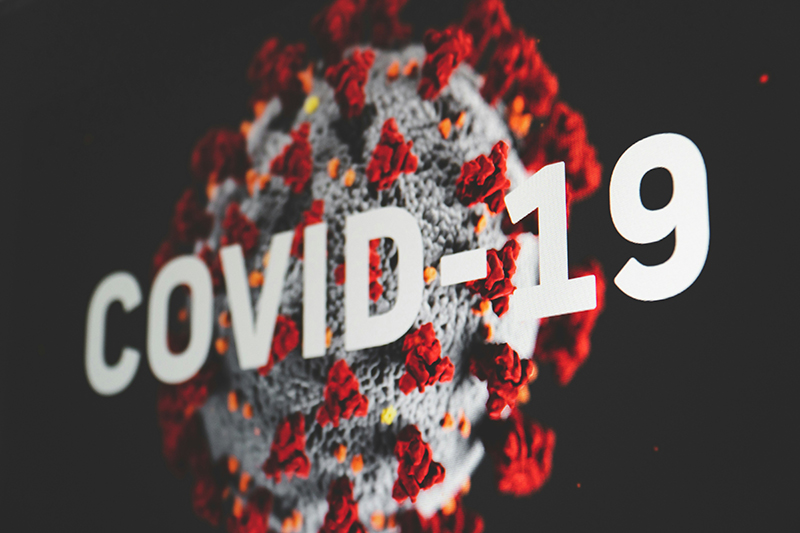
The United States is witnessing an uptick in new COVID-19 variant cases, triggering concern over a potential summer wave.
The family of variants, nicknamed "FLiRT," after their mutations, include KP.2, which is now the dominant variant in the United States. In recent weeks, KP.2 quickly overtook JN.1, the omicron subvariant that drove a surge in COVID cases this past winter, reported Today.
Quoting U.S. Centers for Disease Control and Prevention released data, the news channel reported that KP.2 accounts for one in four infections nationwide.
After KP2, the next most common COVID-19 variant currently making its presence felt is JN.1.
It accounts for 22 percent of the cases.
Another FLiRT variant, called KP.1.1, is also circulating in the U.S., but is less widespread than KP.2. It currently accounts for about 7.5% of infections nationwide, Today reported quoting CDC.
The new variants have two additional mutations that set them apart from JN.1 and appear to give them an advantage over previous variants, Dr. Albert Ko, infectious disease physician and professor of public health, epidemiology and medicine at Yale School of Public Health, tells TODAY.com.
It is a part of the omicron family.
The emergence of KP.2 and other FLiRT variants is the "same old story," Andrew Pekosz, Ph.D., virologist at Johns Hopkins University, tells TODAY.com.
"The timeline that it happens in, three to six months, is much faster than we see with other viruses like influenza," says Pekosz.
Experts warned that the variety is transmissible.
“It’s still early days, but the initial impression is that this variant (KP.2) is rather transmissible,” Dr. William Schaffner, professor of infectious diseases at Vanderbilt University Medical Center, tells TODAY.com.
KP.2 looks very similar to its parental strain JN.1, says Pekosz, which is highly contagious.
"Except it has these two mutations. ... I think these two mutations together are making KP.2 a better virus in that it maintains its ability to transmit, but also now evades some of the pre-existing immunity in the population,” says Pekosz.
Albert Ko told the news channel: “It’s still really early in the emergence of KP.2, but I don’t think we need to sound the alarm bells as of yet."
Experts believe it is still very early to say whether the USA will see a summer surge.
"We're not seeing a lot of hospitalizations, and we're certainly much lower than we were in the winter, so I'd say right now we're at a low point, which is reassuring," Ko said.
"It seems like transmission is pretty low right now, and that makes sense because usually the big peaks are in the winter, when people are inside and in more contact," Ko said.
Experts expressed hope that early laboratory studies indicate that the vaccines will continue to provide protection against KP.2.
Support Our Journalism
We cannot do without you.. your contribution supports unbiased journalism
IBNS is not driven by any ism- not wokeism, not racism, not skewed secularism, not hyper right-wing or left liberal ideals, nor by any hardline religious beliefs or hyper nationalism. We want to serve you good old objective news, as they are. We do not judge or preach. We let people decide for themselves. We only try to present factual and well-sourced news.







